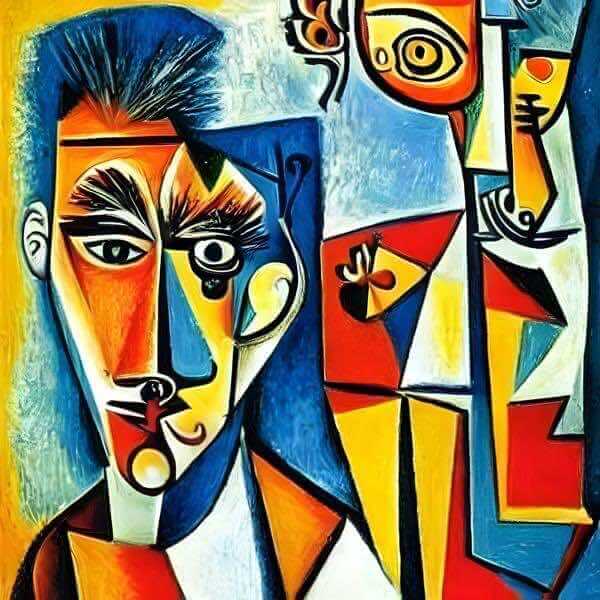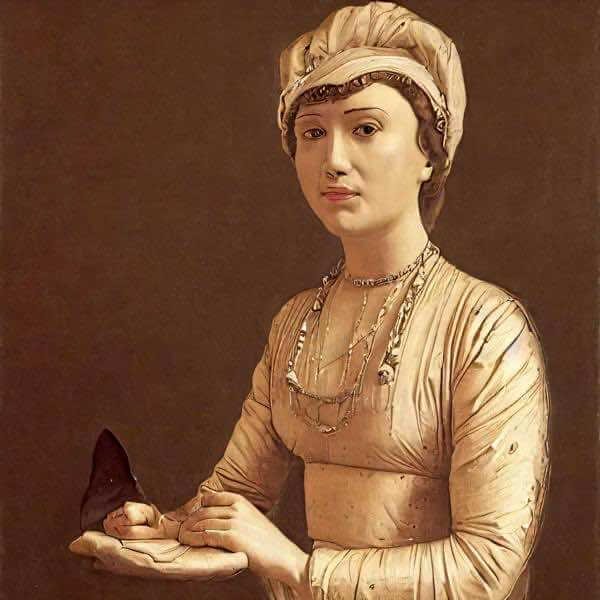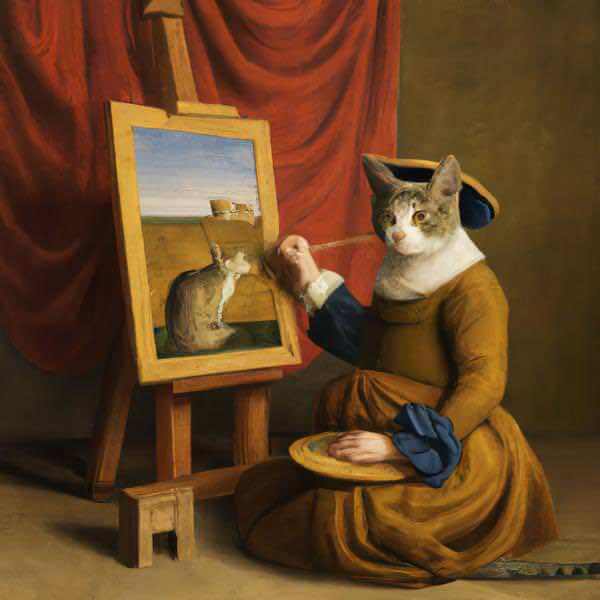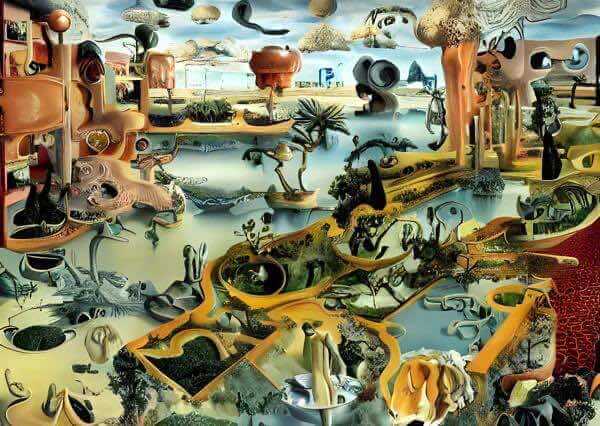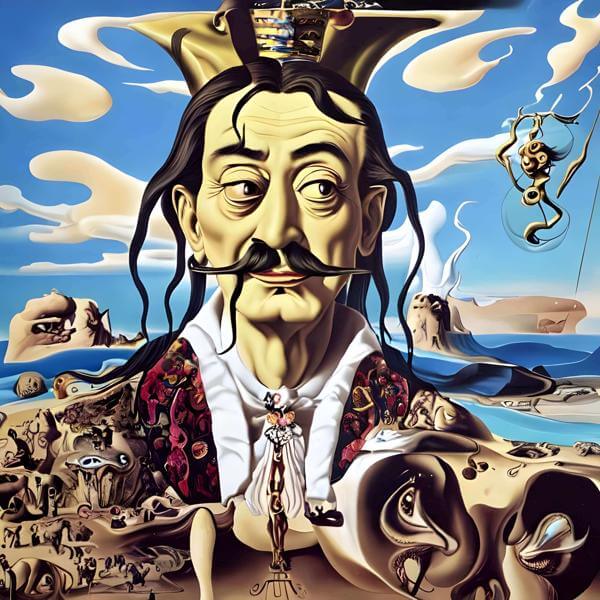🤖🖼 AI Art Blog ―To inspire AI to create paintings― 🅰🅸 🅰🆁🆃
A blog related to original AI artworks.
Grammar of prompts for AI art programs
We mainly create images in the style of paintings using an AI called Stable Diffusion. In this case, the words that make up the prompt given to the AI can be divided into painter names or nominative case and object names or accusative case. It is also possible to include a verb, but it is not mandatory. Additionally, there is no need to worry too much about normal grammar concerns such as word order, particles, prepositions, or inflection.
As for painter names, for example, the words “Picasso” or “Kanskoy” can be given. While “Kanskoy” is a coined word and a fictional name, it always outputs an image in the style of a painting (at least in Stable Diffusion 1.5), so it is considered to be interpreted as a painter/nominative case. (It is thought that “Kanskoy” is interpreted as a painter name because there was a painter named “Lanskoy”, which will be explained in more detail later.)
Object names such as “cat” or “🌠” (meteor) can also be given. When these are given, an image of a cat or something resembling a meteor is drawn, so it is considered to be recognized as an object/accusative case.
Both nominative and accusative cases can be omitted, and a single word can be interpreted by the AI as both nominative and accusative cases. For example, when the word “Dali” is given, it may create a Dali-style painting or even draw a person resembling Dali in the painting. In other words, “Dali” can be interpreted as both nominative and accusative cases.
By including the term “Painting” in the prompt, it becomes more likely to generate images in the style of paintings and also increases the likelihood of the artistʼs name being interpreted as the subject. However, there are still cases where it is interpreted as the object, meaning it gets depicted in the painting. In such cases, adding “by” to the artistʼs name makes it more likely to be interpreted as the subject.
While verbs are essential in regular sentences, they are not always necessary in AI art prompts, which are specialized in drawing images. However, sometimes words that function like verbs, such as “painting” or “🖼,” need to be included. Otherwise, the resulting image may not look like a painting or may have too many photo-like images, decreasing its quality. Note that “painting” may also be interpreted as a noun, which can still have a similar effect. “Paint” can be interpreted as a verb, but when interpreted as a noun, it results in a more colorful image. To prevent this, “paint” can be designated as a negative prompt to suppress its function as a noun. Similarly, “painting” can be designated as a negative prompt to suppress the appearance of images that are drawing paintings.
When it comes to grammar, usually word order, particles, and inflections are necessary to consider. However, for Stable Diffusion prompts, it is usually unnecessary to consider them. Nevertheless, adding “by” instead of a verb can indicate the subject in some cases. In the following images, prompts such as “by canskoy” and “by fanskoy” are given to have virtual painters named Canskoy and Fanskoy draw paintings. These prompts produce Russian or former Soviet-style paintings, which may be due to the existence of a Russian-born painter named Lanskoy. However, Lanskoy worked in France, and his style is completely different from these paintings, which are abstract. It is not clear what effect replacing the “L” in Lanskoy with “K,” “C,” or “F” has.
The grammar of spoken language can be analyzed by examining the words that were spoken, but image AI does not generate language, so the only clues for analyzing grammar are how the given prompts are interpreted.
Dasyn.com デイシン
Created: 2023-05-11 17:47 Edited: 2025-10-31
